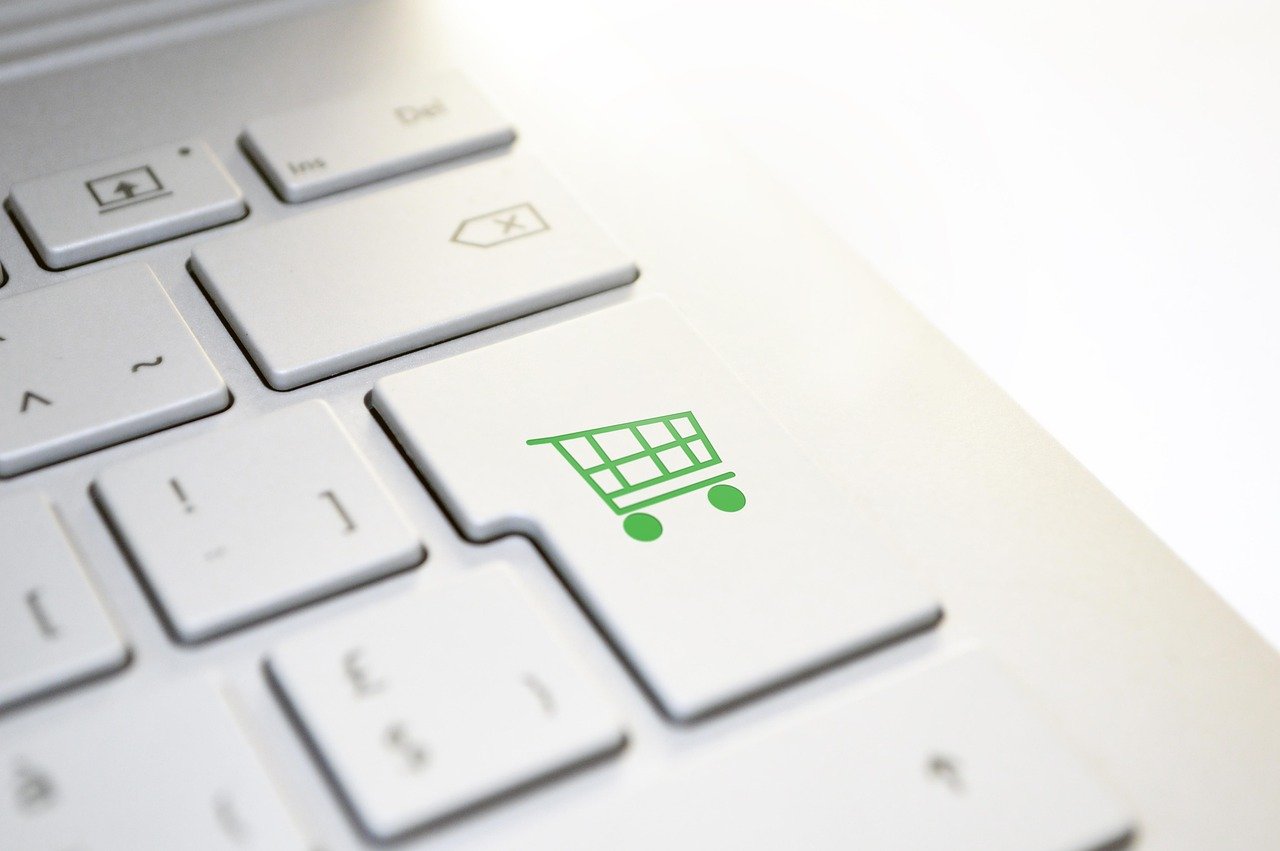Online shopping offers unparalleled convenience, but with every click, tap, and keystroke, ensuring the security of your payment information during checkout is paramount. A secure checkout process not only protects customers from fraud and identity theft but also builds trust and encourages repeat business. Let’s delve into the critical aspects of a secure checkout, empowering both merchants and shoppers to navigate the digital marketplace with confidence.
Understanding the Importance of a Secure Checkout
Why Secure Checkout Matters for Customers
A secure checkout is the foundation of online trust. It reassures customers that their sensitive data is being handled responsibly and protected from malicious actors. Without this assurance, customers are far less likely to complete a purchase.
- Protects Sensitive Information: A secure checkout encrypts credit card numbers, addresses, and other personal details, making them unreadable to unauthorized individuals.
- Reduces Fraudulent Transactions: By implementing robust security measures, you can minimize the risk of fraudulent transactions and chargebacks, saving both you and your customers money.
- Builds Trust and Credibility: A visible secure checkout instills confidence in your brand and encourages customers to return for future purchases. A Baymard Institute study found that 18% of shoppers abandon carts due to concerns about payment security.
Why Secure Checkout Matters for Merchants
For merchants, a secure checkout is not just a courtesy; it’s a necessity for business survival. Data breaches and security lapses can severely damage your reputation and lead to significant financial losses.
- Protects Your Business Reputation: A security breach can erode customer trust and damage your brand’s reputation, potentially leading to lost sales and negative publicity.
- Reduces Financial Losses: Fraudulent transactions and chargebacks can be costly, impacting your bottom line and requiring additional resources to resolve.
- Compliance with Industry Standards: Implementing a secure checkout ensures compliance with industry standards like PCI DSS (Payment Card Industry Data Security Standard), which are essential for processing credit card payments.
Key Elements of a Secure Checkout Page
SSL/TLS Certificates
SSL/TLS certificates are the bedrock of secure online communication. They encrypt the data transmitted between the customer’s browser and the web server, preventing eavesdropping and data theft.
- What is SSL/TLS?: SSL (Secure Sockets Layer) and TLS (Transport Layer Security) are cryptographic protocols that provide secure communication over a network.
- How to Verify: Look for the padlock icon in the browser’s address bar and “https://” in the URL. Clicking the padlock will typically show information about the certificate.
- Implementation Details: Obtain an SSL/TLS certificate from a reputable Certificate Authority (CA). Ensure it’s properly installed and configured on your web server. Most reputable e-commerce platforms handle this automatically.
PCI DSS Compliance
The Payment Card Industry Data Security Standard (PCI DSS) is a set of security standards designed to protect credit card data. Adhering to PCI DSS is crucial for any business that processes, stores, or transmits credit card information.
- What is PCI DSS?: PCI DSS is a set of requirements for businesses to securely handle credit card information, developed by the major credit card companies.
- Why is it Important?: PCI DSS compliance helps prevent data breaches and protects your business from financial penalties and reputational damage.
- How to Achieve Compliance: Understanding the 12 requirements, from firewall installation to regular security testing, is crucial. Utilizing PCI-compliant hosting providers and payment gateways can simplify this process. For example, Shopify and Stripe are PCI compliant.
Address Verification System (AVS) and Card Verification Value (CVV)
AVS and CVV are additional security measures that help prevent fraudulent transactions by verifying the cardholder’s identity.
- Address Verification System (AVS): AVS compares the billing address provided by the customer with the address on file with the card issuer. A mismatch can be a red flag for fraud.
- Card Verification Value (CVV): The CVV is a three- or four-digit security code printed on the back of the credit card. Requiring the CVV helps ensure that the customer has physical possession of the card.
- Implementation: Your payment gateway should offer AVS and CVV verification as part of its fraud prevention tools. Ensure these features are enabled and configured to match your risk tolerance.
Best Practices for a Secure and User-Friendly Checkout
Clear Communication and Trust Signals
Customers need to feel safe and confident throughout the checkout process. Clear communication and trust signals can help alleviate concerns and encourage completion.
- Display Security Badges: Prominently display security badges from trusted sources, such as Norton Secured, McAfee Secure, or PCI DSS compliant logos.
- Provide Contact Information: Make it easy for customers to contact you with questions or concerns. Display your phone number, email address, and physical address on the checkout page.
- Transparent Privacy Policy: Link to a clear and concise privacy policy that explains how you collect, use, and protect customer data.
Simplifying the Checkout Process
A streamlined checkout process can improve conversion rates and reduce cart abandonment.
- Minimize Form Fields: Only ask for essential information. Eliminate unnecessary fields that can frustrate customers and slow down the process.
- Offer Guest Checkout: Allow customers to complete a purchase without creating an account. This can be a significant convenience for first-time buyers.
- Mobile Optimization: Ensure your checkout page is fully optimized for mobile devices. Mobile commerce is growing rapidly, so it’s essential to provide a seamless mobile experience.
Secure Payment Gateway Integration
The payment gateway is the intermediary between your website and the payment processor. Choosing a secure and reliable payment gateway is crucial for protecting customer data.
- Research Reputable Providers: Select a payment gateway with a strong track record of security and reliability, such as Stripe, PayPal, Authorize.net, or Braintree.
- Tokenization: Use tokenization to replace sensitive card data with a non-sensitive “token.” This token can be safely stored and used for future transactions without exposing the actual card details.
- Regular Security Audits: Ensure that your payment gateway provider undergoes regular security audits to maintain PCI DSS compliance and protect against emerging threats.
Monitoring and Continuous Improvement
Regular Security Audits and Penetration Testing
Security is an ongoing process, not a one-time fix. Regular security audits and penetration testing can help identify vulnerabilities and ensure that your checkout remains secure.
- Schedule Regular Audits: Conduct regular security audits to assess your overall security posture and identify areas for improvement.
- Penetration Testing: Hire ethical hackers to simulate real-world attacks and identify vulnerabilities in your systems.
- Stay Up-to-Date: Keep your software and systems up-to-date with the latest security patches to protect against known vulnerabilities.
Fraud Monitoring and Prevention Tools
Proactively monitor transactions for suspicious activity and implement fraud prevention tools to detect and prevent fraudulent orders.
- Fraud Scoring: Use fraud scoring systems to assign a risk score to each transaction based on various factors, such as IP address, location, and transaction history.
- Velocity Checks: Monitor the number and frequency of transactions from a single IP address or credit card.
- Manual Review: Implement a process for manually reviewing suspicious transactions and verifying their legitimacy.
Responding to Security Incidents
Despite your best efforts, security incidents can still occur. It’s essential to have a plan in place for responding to security breaches and mitigating their impact.
- Incident Response Plan: Develop a detailed incident response plan that outlines the steps to take in the event of a security breach.
- Data Breach Notification: Understand your legal obligations for notifying customers and regulatory authorities in the event of a data breach.
- Post-Incident Review: After a security incident, conduct a thorough review to identify the root cause and implement measures to prevent similar incidents from happening in the future.
Conclusion
Creating a secure checkout experience is not merely a technical task, but a commitment to building trust with your customers and safeguarding their sensitive data. By implementing the strategies discussed, from SSL/TLS certificates and PCI DSS compliance to clear communication and fraud prevention tools, you can create a checkout process that is both secure and user-friendly. Remember that security is a continuous process, requiring ongoing monitoring, improvement, and a proactive approach to emerging threats. Prioritizing security in your online checkout will result in increased customer confidence, reduced fraud, and a stronger, more sustainable business.



